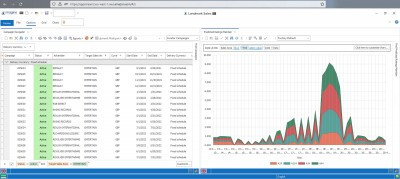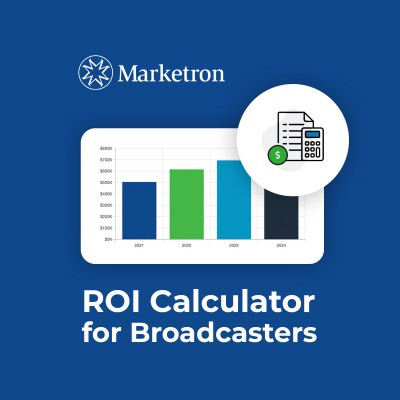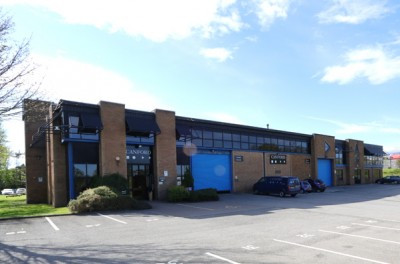by Chris Barlow, Technical Director, Astec
Monitoring the quality of service and experience for customers across an often complex and sizeable broadcast estate, can be a difficult area to oversee and hard to control. Gaining an understanding of the quality of the services customers are receiving has many variables to consider including the presence of audio, the quality of the picture and the reliability of the medium through which the picture is delivered (TV, internet, mobile, etc), as well as considerations around delivery of the content itself. These are all elements that require intelligent monitoring to provide broadcasters with the control they need to make informed decisions.
Taking control of the customer experience is increasingly vital and driven by a crowded market, constricting economic conditions, the importance of customer service and a need to efficiently manage vital important supplier relationships. The negative impact of a poor customer experience can have wide ranging financial implications:
- Loss of subscriber or advertiser revenue – customers switching to other suppliers/channels and a lack of confidence with advertisers
- Compromised direct revenue – for example from PPV (pay per view) services such as movies and sports events or interactive services available from the red button (gaming and retail services)
- Legislation evokes considerations which include the impact of regulatory non-compliance, PIN protection, watersheds, advertising periods, and the impact of broadcasting the wrong content through scheduling errors.
Taking control of this environment can seem daunting when you consider environments where a system that may comprise 1000s of devices, silos of heterogeneous equipment, all potentially running 24/7 – and that would be understandable. Added to those large volumes of data requiring analysis and decision making, broadcasters could be forgiven for blanching at the possible impact on their hard pressed operations teams.
By aggregating the data from potentially 1000s of devices into a single, consolidated, easy to view dashboard, the iBroadcastTM network monitoring system has the horsepower to provide a manageable and concise window on your entire broadcast platform. The benefit of this type of system is that real-time information can be quickly extracted and interpreted, providing the ability to make the kind of rapid, informed decisions befitting a fast moving and high powered work environment.
Ease of use is inherent in the way that throughout the system, no matter the disparity and diversity of equipment, the same interface and integrated dashboard is presented to the broadcaster across all services. This makes the onward job of delivering a quality service to customers easier too. In the event of any problem, onscreen alerts are consistently presented providing the opportunity to quickly identify which of the operational services being monitored in that area poses the problem and allows for it to be tracked with precision.
This goes a long way towards seamlessly maintaining the customer’s perception of uninterrupted service as the hierarchy of the system enables the root cause of the problem to be determined anywhere in the platform, immediately displaying it on the dashboard ready for resolution.
Drilling down into the affected area yields additional information. All of the subsystems of the main top-level area become visible and it becomes instantly obvious what is contributing to the alarm condition at the top-level and which service or area of the platform is affected. Accepting the alarm alerts other users that the problem has been noted and is being investigated so that core work remains uninterrupted.
At this level, operations teams have the information they require to prioritise their actions and the highest priority issue can be investigated by obtaining more information.
A simple click on the screen presents the user with the status of individual pieces of equipment that enables decisions to be made and action to be taken – immediately! If the operations teams determine that the fault is service affecting, they simply need to click a command button on a main/reserve switch via the screen to instantly switch to the reserve feed. Once there is confidence that the service is unaffected, there is time to determine the root cause of the problem.
It is to be expected that within such a technologically advanced and fast moving environment, there is a constant need to adapt and offer new services in answer to customer demand. When you do take control of your broadcast platform and its assets, the benefits are plentiful, quick to appear and tangible:
- Reduced service outages, leading to an increase in uptime which delivers:-
- Greater customer satisfaction
- Happier shareholders
- Retention of subscribers
There are a plethora of other advantages too, not least the increase in the efficiency and focus of support teams who are required to undertake less guess work and spend less time diagnosing faults and more time taking decisive action to reduce the impact of platform incidents.






















